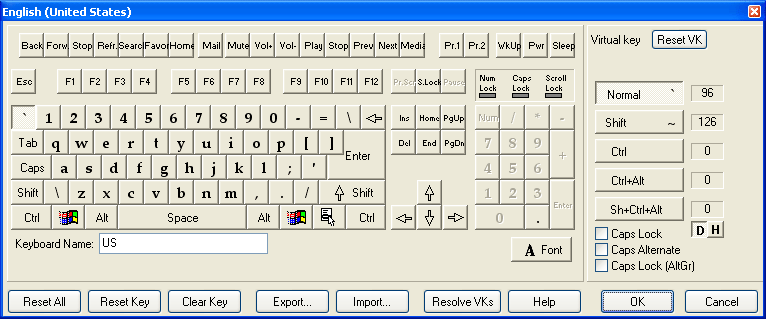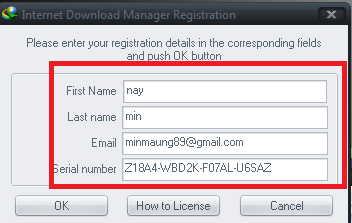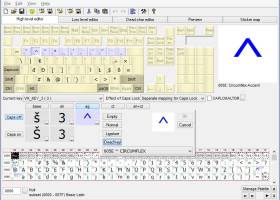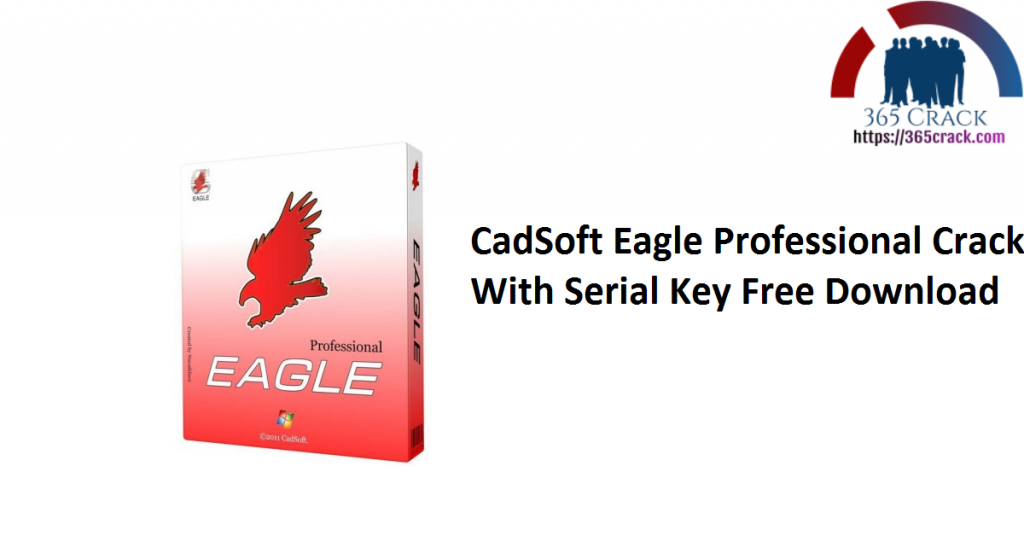

You can manipulate the control circle directly on the map, toggle on/off segments of the circle, by selecting the "cut" tool (the scissors).Double click inside the control circle to open a control dialog window where you can define the control description for the control, and set various options for the control.This has effect only on the course shown, and you can place the number individually for each course. This is possible only if the control circles are not locked. Drag the circle with the left mouse button pressed down. This indicates that the control is selected. Four black rectangles (handles) appear at the corners of the enclosing rectangle for the control, and the control circle changes color to blue. If you want to move a control's circle or control number, you need to select the control. You can create a control, a start point, or a finish point, by selecting the appropriate tool in the Course Symbols toolbar to the right of the canvas, then click on the canvas where you want the control (or start or finish) to be located. The Course Layout Editor has 5 canvases.You can change a course's color by clicking on the colored square next to the course name. Each course is shown it its own color so that you can distinguish courses from each other. When "Browse Courses" is selected, multiple courses can be shown on the canvas at once, giving an overview of course layouts.You can edit the shown course: add controls to the course, delete controls from the course, edit the graphics layout for the course, and edit the route choice lines for the course. The course shown is highlighted in the course list, and you can switch between courses by clicking on the new course in the course list. When "Edit Courses" is selected, then one course is shown.

You can edit existing controls, add new controls and remove controls. When "Controls" is selected, the canvas shows all the control locations on the map.The navigation bar controls what is shown on the canvas: The navigation bar has three panes, which you switch between by clicking on their headings: " Controls ", " Edit Courses ", and " Browse Courses ". To the left of the canvas is a Navigation Bar. Open-source projects like LayoutEditor have the power to put high-tech tools into a lot of talented and deserving hands.The main portion of the Course Layout Editor window is called the Canvas, and this is where the map and the course are shown.Īnywhere on the canvas, you can use the right mouse button to open a pop-up menu that gives you options depending on the context. That they're actually functional nanocircuits only makes them that much more amazing. Lacking IC design experience, we were basically able to create pretty patterns, but the examples of what this tool can do in experienced hands actually resemble artworks in their geometric complexity and colorful patterns.

#Layouteditor license key full#
Its full complement of drawing tools will pose little challenge to anyone who has used a typical graphics editor. The program uses Photoshop-style layers and cells that you can create, save, and reuse.

The main display is a black field delineated by a grid of dots, with floating, draggable toolbars for this program's vast selection of geometric shapes, angles, and grids. All editions share the same basic interface, a familiar layout seen on countless graphics, CAD, and design tools, completely customizable in its appearance and its complement of tools. LayoutEditor has about as many icons as you can imagine, especially the full version, which adds numerous features over the reduced and basic versions. However, this tool is so complex that starting out with the basic edition seems sensible.
#Layouteditor license key license key#
It's a powerful suite of tools for designing and editing layouts for fabricating microelectromechanical systems (MEMS) and integrated circuits (ICs), including multichip module (MCM), chip-on-board (COB), printed-circuit board (PCB), and thin-film technologies, among many others.Īs open-source software goes, this program is no lightweight it's a 30MB download that offers the choice of several versions when you install it, including a totally free basic version and two versions that requires a license key available from Juspertor for a small fee. Imagine a cross between a full-featured graphics tool and top-drawer CAD package, optimized for designing electronic circuits and nanodevices, and that undergoes constant improvement and enhancement: that's LayoutEditor. Open-source software increasingly rivals expensive applications. CAD tools tend to be large, big-ticket packages that often pack stiff license fees.


 0 kommentar(er)
0 kommentar(er)
